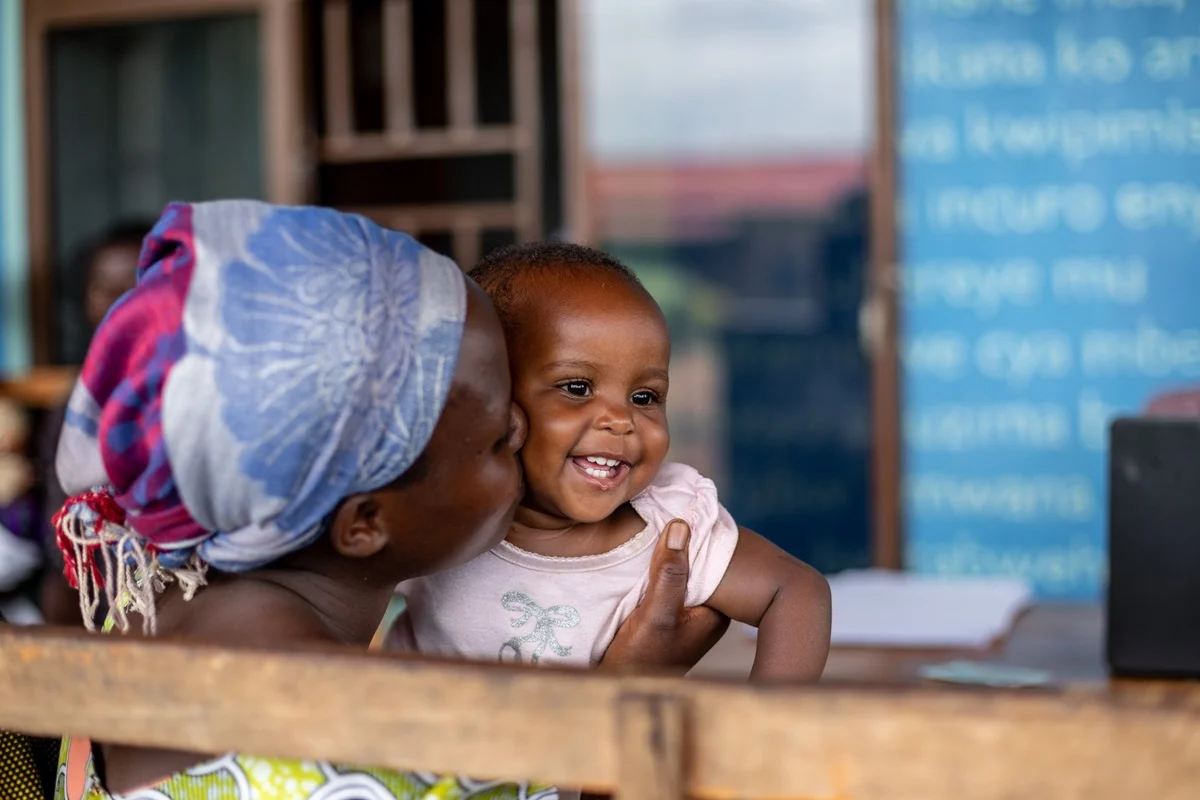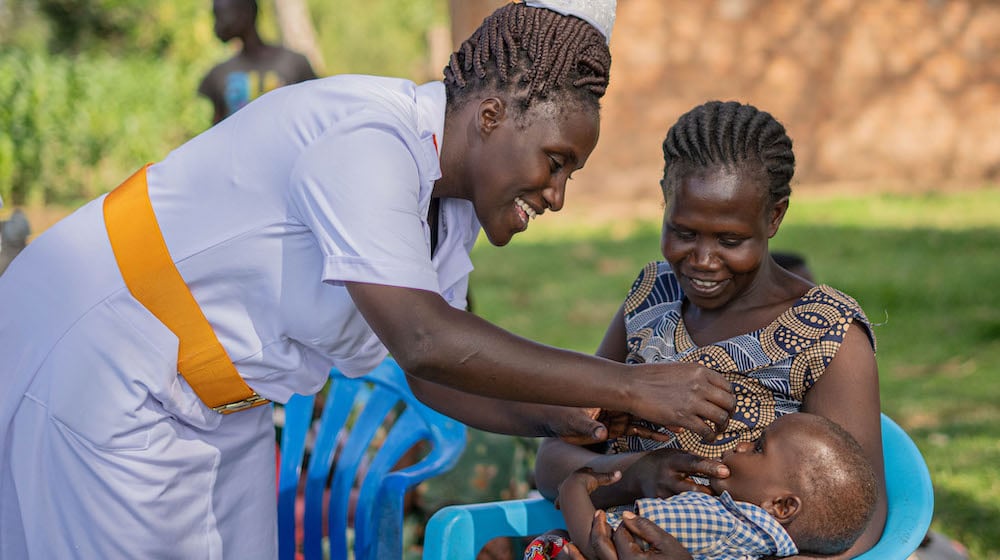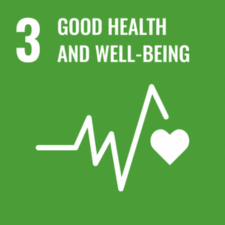
This month, Sustainable Development Goal 3: Good Health and Well-Being – Ensure healthy lives and promote well-being for all at all ages is the subject of our series investigating the potential of artificial intelligence for achieving the SDGs.
Written by Gabriel Polley
Good health and well-being is not only vital in itself, but underpins all our development. In the last five years, the world was reminded that when a health crisis strikes, progress on the other SDGs is threatened. In fact, health crises have long remained endemic across the Global South, a situation magnified by ongoing wars, mass displacement in dire unsanitary conditions and the effects of climate change.
It should therefore be no surprise that much of the most urgent – and exciting – work in AI development is happening in the field of health. Ideas about how AI can be used to improve health and well-being are almost as old as research about AI itself. Yet the area remains a regulatory minefield, with States scrambling to ensure oversight as AI increasingly finds its way into our clinics and hospitals – and onto our phones and other devices in health-care apps.
As always, our blog is on hand to diagnose some of the most promising AI trends that have the potential to move the global population towards a clean bill of health.

© Isaac Rudakubana, WHO
It is truly shocking that, in the 21st century’s third decade, 4.5 billion people still live without full coverage of health services according to the World Health Organization. This includes populations in remote locations who live far from the nearest health care centre, and especially women, who may not be allowed to make such a journey by themselves. Good health care remains beyond the financial means of many people, with 2 billion people experiencing severe hardship when paying out of pocket for essential services and products.
Non-profits have stepped in with AI solutions. In sub-Saharan Africa, Jacaranda Health provides the PROMPT platform. Using SMS texts – and therefore accessing the service without relying on internet access – 3 million new and expectant mothers have had ‘conversations’ in English and Swahili with an AI program dedicated to maternal and neonatal health. Fielding over 7,000 daily questions, PROMPT makes referrals to nearby health care facilities and runs with an operating cost of just US74¢ per mother.
In India, Intelehealth uses AI to address a huge shortage of health workers in rural regions – just two doctors and four nurses per 10,000 people. Using commercially available AI tools, a digital assistant named Ayu links patients to doctors for remote consultations. Ayu has been used by 100,000 health workers to expand the reach of medical services across the country.

© UNICEF, 2023
AI is making strides on informing populations on sexual and reproductive health (SRH). For example, at the University of Buenos Aires, a team of researchers is using AI tools to build a data bank of images of biological samples of cervical cancer. Along with other patient data, it is hoped that this will speed up diagnosis of the cancer and contribute to improved patient outcomes at the national level.
Meanwhile, the Global Health and Artificial Intelligence Network in the Middle East and North Africa, based in Beirut, is supporting SRH projects across the region with grants.

These projects focus on a wide range of SRH challenges, from family planning and adolescent SRH to gender-based violence. One project in Morocco seeks to use AI to diagnose high-risk maternal health issues in rural areas, greatly improving the well-being of new mothers.
Health inequalities are entrenched across the world, leading to inadequate health and well-being outcomes among groups such as Indigenous communities and women. York University in Toronto is providing funds for 16 projects around the globe that seek to iron out these inequalities.
AI has a key role in this mission. Across the funded projects, AI is used to identify health risks, carry out predictive modelling and provide evidence-based policy recommendations. Furthermore, the research, in different global contexts and focusing on a wide range of medical issues, may open further avenues into the role AI can play for health.
Among the projects that put AI to innovative use is one in Senegal modelling community-based detection of zoonotic diseases, which are increasing due to climate change, and another in South Africa focusing on early detection for communicable respiratory diseases. In Brazil, a project called AutoAI-Pandemics will develop a user-friendly platform to help the fight against epidemics and pandemics.
A key takeaway from our survey of AI for SDG3 is that AI is not only being put to use on medical research or helping – or even replacing – human doctors when they make diagnoses and provide treatment. It is also expanding and strengthening the health care systems that we have so they reach patients who were previously falling between the gaps. The world is just at the start of a long journey towards AI being integrated into health care, improving outcomes for everyone.
Do you work in the development sector on a project that uses AI in pursuit of the SDGs? If so, we’d love to hear from you – and maybe feature your work on a future instalment of our AI and the SDGs series. Please get in touch!

Network Hub, 300 Kensal Road, London, W10 5BE, UK
We deliver comprehensive communications strategies that deliver on your organisation’s objectives. Sign up to our newsletter to see the highlights once a quarter.